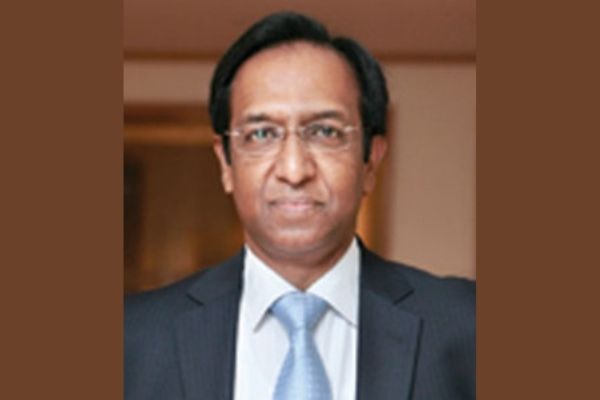The Karur Vysya Bank (KVB) has effectively blended IT with its services for providing customers a convenient and comfortable banking experience, says K Venkataraman, Managing Director & Chief Executive Officer of KVB, in an interaction with Poulami Chakraborty of Elets News Network (ENN
What is your view on Pradhan Mantri Jan-Dhan Yojana (PMJDY) and how effective has this initiative been with respect to the Indian economy?
The Pradhan Mantri Jan-Dhan Yojana is a national mission encompassing an integrated approach to bring about comprehensive financial inclusion in the country. The scheme has been very effective towards bringing all the households in the banking mainstream by opening more than 11 crore accounts to date. This will augurs well for the Indian economy, since this will enable each household to save money in their account. Further these accounts will enable the government to route various subsidies directly to eligible beneficiaries, thereby, reducing the subsidy burden for the government by eliminating ineligible beneficiaries.
What initiatives has the Karur Vysya Bank undertaken as a financial institution to ensure successful implementation of the PMJDY programme?
So far, our bank has implemented the financial inclusion scheme in 117 villages as per the allocations received from the respective State Level Bankers’ Committees (SLBC). Moreover, we are also implementing financial inclusion programme in 409 wards in urban areas under PMJDY. We are using the Business Correspondence model (Bank Mitra) for providing banking services to both villages and urban poor through handheld devices using smart card/RuPay Card. Under the scheme, we have so far opened around one lakh no-frill accounts with a total balance of `2.40 crore. All these account holders are provided with RuPay Cards, and 56 percent of the PMJDY accounts have already been linked with Aadhaar.
Information Technology has become an integral part of growth of any organisation. How efficiently has it been utilised in your areas of operation?
Information Technology is definitely an integral part of any organisation, particularly the banks. All banking services are provided to the customer through extensive use of Information Technology. It has enabled more efficient delivery of services to customers and provided a vast range of convenient banking facilities. In our bank, we have effectively blended information technology with our services for providing customers a convenient and comfortable banking experience.
What technological innovations, according to you, are going to be introduced in the Indian banking sector in the next financial year or after that?
With the number of tech-savvy customers increasing with each passing day, digital banking is going to be the future of banking, with mobile banking taking the lead sooner than later. Biometric authorisation for transactions will be the game changer as far as financial inclusion is concerned. With ever-increasing mobile device penetration in rural/ semi-urban areas, low-cost biometric-enabled devices would encourage people to migrate to cashless transactions.
What are the challenges that the industry is facing while operating in Tier II and Tier III cities?
Connectivity and cost of bandwidth are the major constraints. However, with the present government pushing for digitisation, these challenges will be addressed in not too distant future.
Our bank has implemented the financial inclusion scheme in 117 villages as per the allocations received from the respective SLBCs, and we are also implementing financial inclusion programme in 409 wards in urban areas
What initiatives, according to you, are ideal but yet to be taken for better implementation of financial inclusion programme?
Though every household has been covered under the financial inclusion scheme, the next important initiative should be the financial literacy programme. Financial literacy is crucial for India, as it is a developing country riddled with poverty. It is also a must for promoting financial inclusion, which will ultimately lead to financial stability. In India, the need for financial literacy is more considering the low level of literacy among large sections of the population.
How can we solve the issue of poor ATM density in Tier II and Tier III cities, and how distant India is from becoming an entirely cashless economy?
With the introduction of Cash Recycling ATMs, banks will be encouraged to extend the network in Tier II and III cities. As low-cost biometric devices are adopted, gradually people will move to cashless transactions. Connectivity is also going to improve in the days ahead and bandwidth cost is also sure to come down.
What measures should be taken to raise financial literacy among people in Tier II and III cities?
Providing direct credit of all types of benefits into their accounts, providing a wider range of simple, cost-effective and convenient banking facilities and aggressively promoting financial literacy, especially focusing on the benefits of bank account operations, can make banking an inevitable part of the lives of the people of all strata of the society.
Elets The Banking and Finance Post Magazine has carved out a niche for itself in the crowded market with exclusive & unique content. Get in-depth insights on trend-setting innovations & transformation in the BFSI sector. Best offers for Print + Digital issues! Subscribe here➔ www.eletsonline.com/subscription/




















